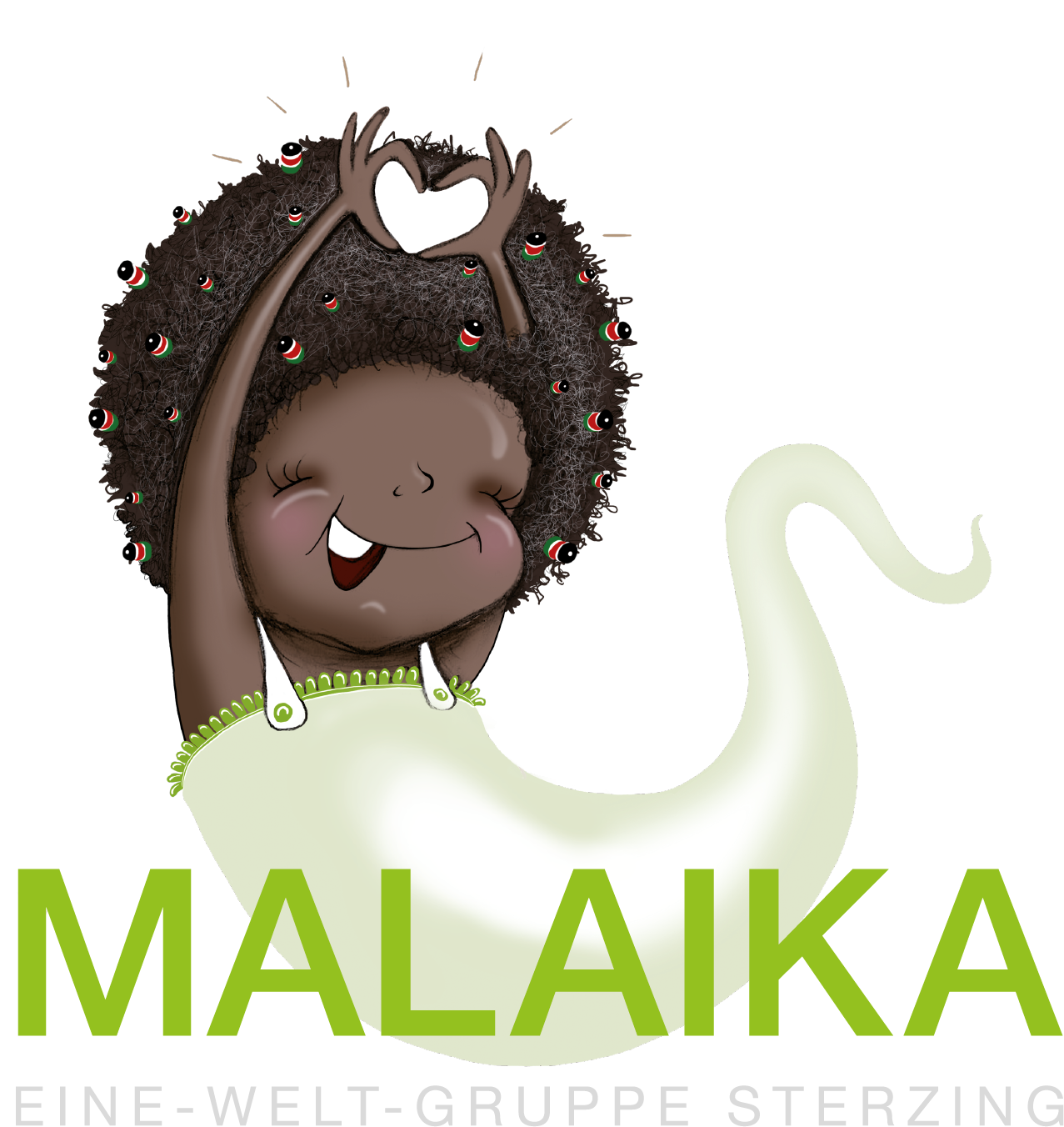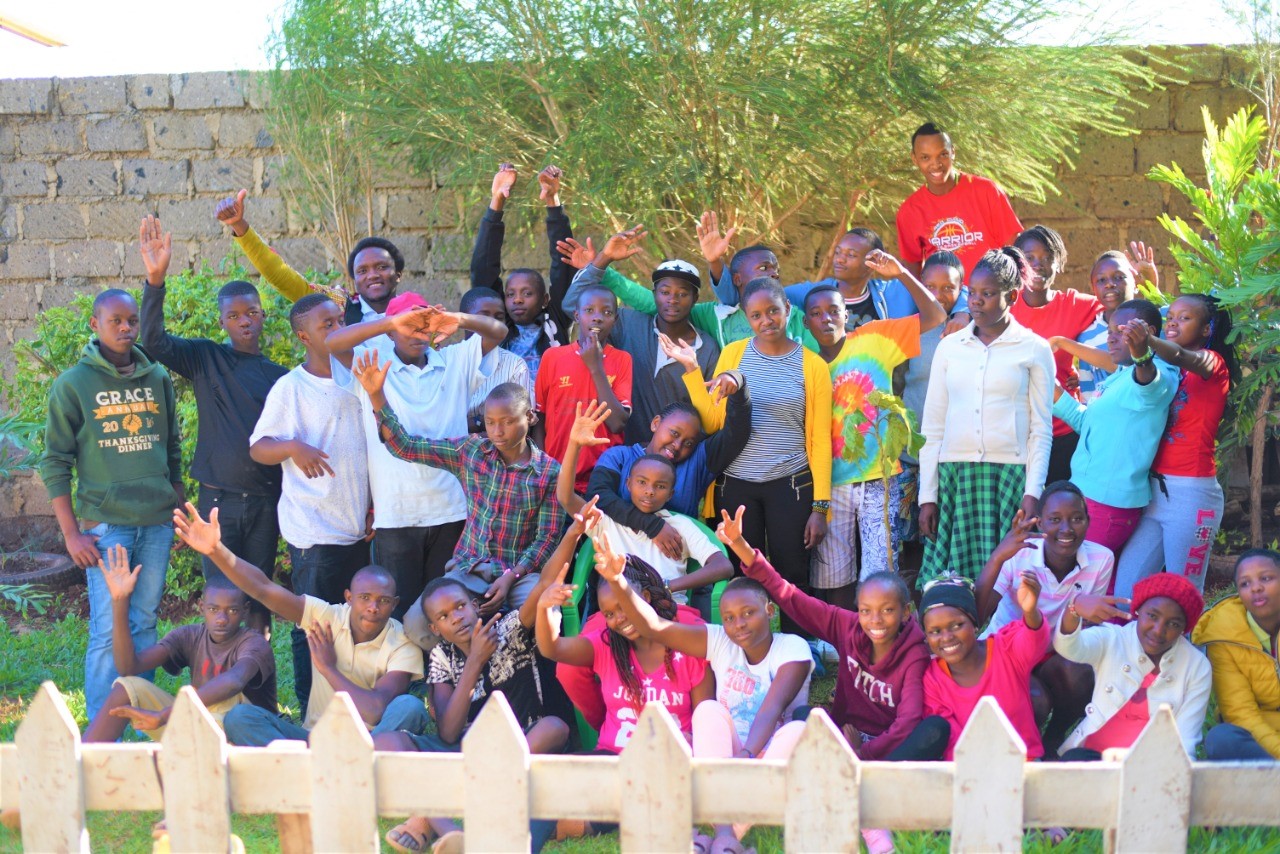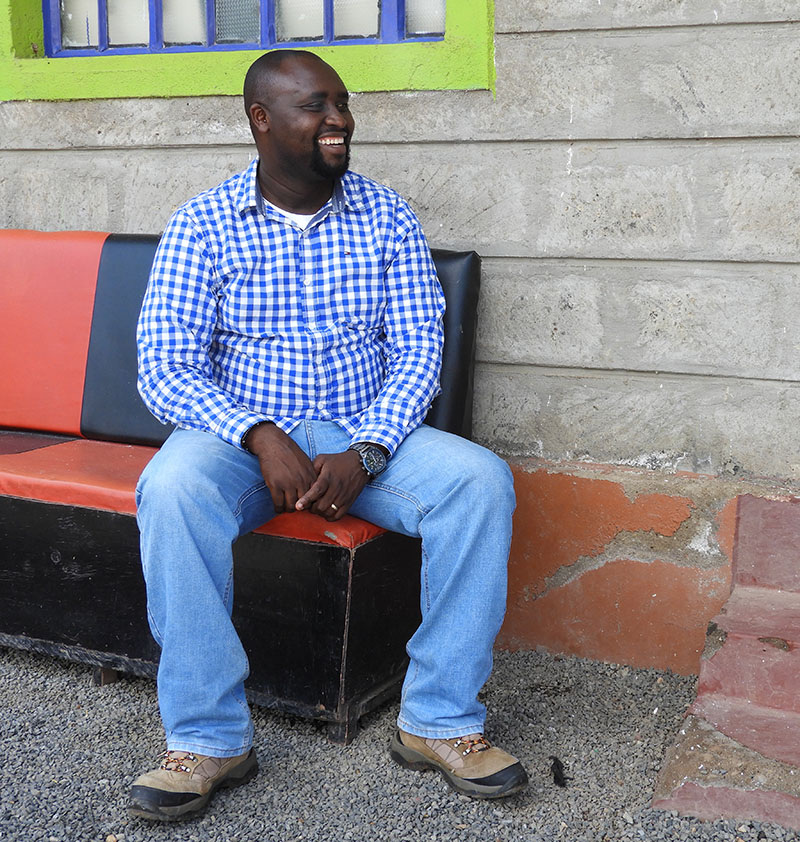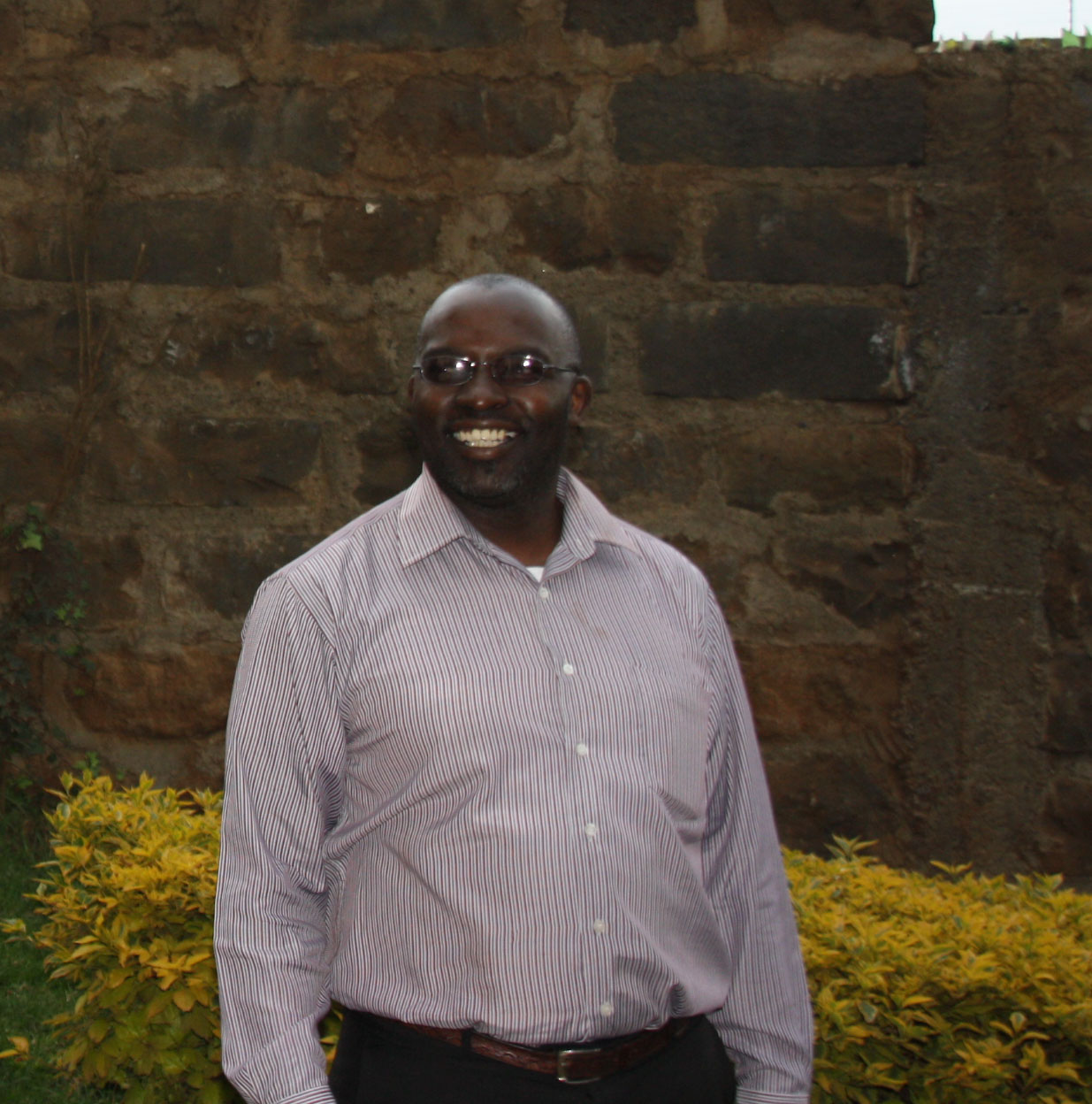In Eastern Africa, Kenya is the country with the best developed national economy. Nevertheless, almost half of its population is living below the poverty line. 80% of the Kenyans are subsisting on agriculture. In the last years the food production has been interrupted repeatedly, which led to major challenges for many families. Several of them are unable to provide for sufficient food for all family members and are therefore leaving alone some of their children. Orphanages are accommodating many children, but their capacities are still too small to have space for everybody. The number of street children amounted to 300,000 in 2009, of which 60,000 alone are living in Nairobi. Experts are assuming that the estimated number of unreported cases is much higher.
Since 2003 elementary school in Kenya is free and open for everyone. As a result, the number of students has increased, but not the number of teachers. This led to overcrowded class rooms and very challenging work conditions for the teachers.


.jpeg)

.jpeg)


.JPG)
.jpg)
.jpg)
.JPG)
.JPG)
.JPG)
.JPG)
.JPG)
.jpg)
.jpeg)
.jpeg)
.JPG)
.jpeg)
.jpeg)
.JPG)
.JPG)
.JPG)
.JPG)
.JPG)
.jpeg)
.jpeg)
.jpeg)